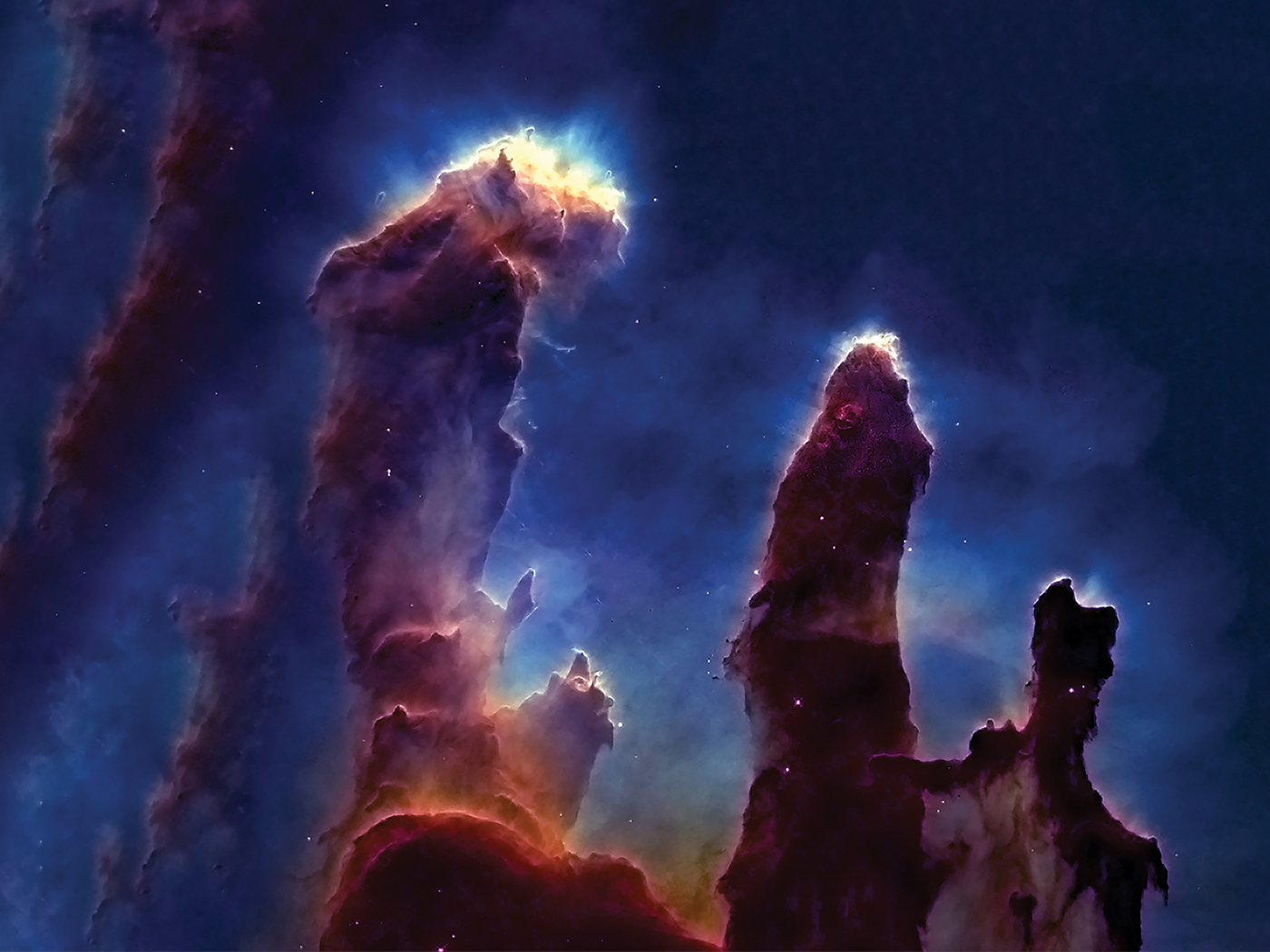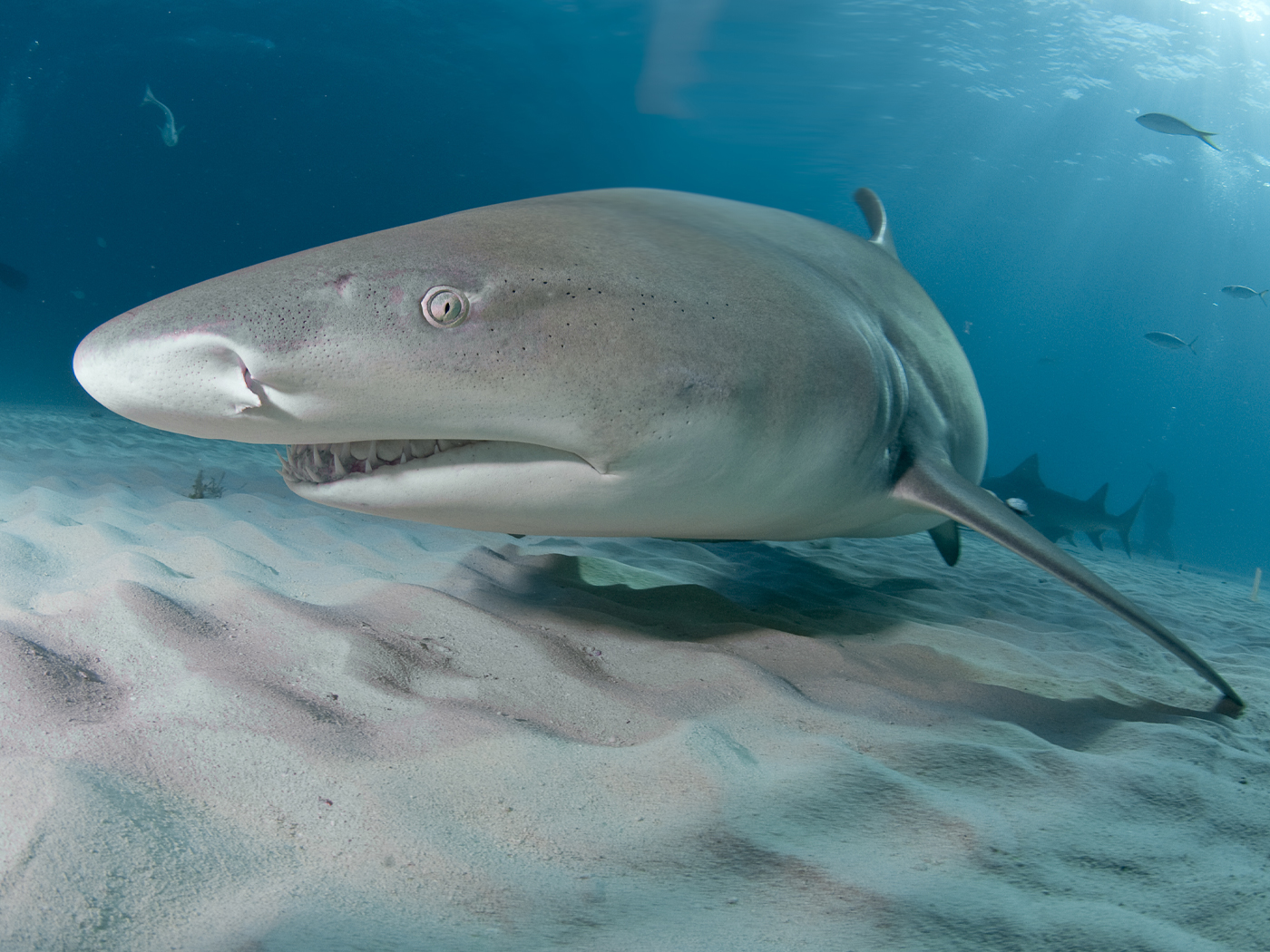God has designed some creatures with an amazing ability to stop or slow down their metabolism (life processes) when encountering challenging conditions.
This state of suspended metabolism is called cryptobiosis, and it has made the news with a discovery of nematodes (worms) in the Siberian permafrost. “When Anastasia Shatilovich at the Institute of Physicochemical and Biological Problems in Soil Science RAS in Russia revived two frozen individual nematodes from a fossilized burrow in silt deposits in the Siberian permafrost, she and her colleagues were beyond excited.”1
Shatilovich et al stated,
Intensive research during the last decade has demonstrated that permafrost (perennially frozen sediments) are unique ecosystems preserving life forms at sub-zero temperatures over thousands of years. Permafrost remains are an exceptional source for discovering a wide variety of unicellular and multicellular living organisms surviving in cryptobiosis for prolonged periods.2
The scientists went on to say, “Through comparative analysis, we find that Panagrolaimus kolymaensis [a species of nematode] and model organism Caenorhabditis elegans [another species of nematode] utilize similar adaptive mechanisms to survive harsh environmental conditions for prolonged periods.”2
Evolutionists maintain the worms, somehow, evolved highly complex mechanisms that would enable them to experience dormancy for thousands of years: “Altogether, our findings demonstrate that nematodes evolved mechanisms potentially allowing them to suspend life over geological time scales.”2 But these incredibly convoluted life processes are not well understood, causing evolutionists to say, "It is not well understood, which molecular and biochemical pathways are utilized by such cryptobiotic organisms, and how long they might suspend life."2
These adaptive mechanisms did not arise by hit-and-miss evolutionary events spanning deep time. They are designed by God and are part of the creature’s innate sensing systems and associated logic mechanisms. By tracking their environment using designed detectors in their cells, they can make critical changes when atypical conditions such as extreme cold arise. When this occurs, they shut down or slow life processes (known as suspended animation) in such a way that they can later revive.
The findings demonstrate that nematodes have been designed with systems programmed in their genome by the Creator, allowing them to suspend life over thousands of years. It is true that this “state-transition requires execution of a combination of genetic and biochemical pathways that enable the organism to survive for prolonged periods.”2 The problem for the evolutionists lies in where and how these metabolic pathways evolved: “The emergence of the pathways that now comprise core and central metabolism, or even intermediate metabolism, is particularly enigmatic.”3 Creationists see these worms—and all living creatures—as problem-solving organisms that continuously track changing environmental conditions. Through innate systems, designed by the Lord Jesus thousands of years ago, they purposefully adapt themselves over time to better fit existing niches or fill new ones. These nematode species in the Siberian Permafrost are a good example.
However, evolutionists are locked into deep time4 and state that the metabolic processes we can observe in the nematodes today have supposedly been occurring for millions of years.
“To see that the same biochemical pathway is used in a species which is 200, 300 million years away, that’s really striking,” told CNN Philipp Schiffer, research group leader of the Institute of Zoology at the University of Cologne and one of the scientists involved in the study. “It means that some processes in evolution are deeply conserved.”5
To be “deeply conserved” means that these complex creatures have remained relatively unchanged over large expanses of geological time. In other words, the body plan of the nematode remains the same.
God equipped these worms with the remarkable ability to survive adverse conditions. It certainly looks as though they have been expertly designed.6
References
- Max Planck Society. Genome analysis of 46,000-year-old roundworm from Siberian permafrost reveals novel species. Phys.org. Posted on phys.org July 27, 2023, accessed July 30, 2023.
- Shatilovich, A. et al. A novel nematode species from the Siberian permafrost shares adaptive mechanisms for cryptobiotic survival with C. elegans dauer larva. PLOS.org. Posted on plos.org July 27, 2023, accessed August 4, 2023.
- Noda-Garcia, L., W. Liebermeister, and D. S. Tawfik. 2018. Metabolite-enzyme coevolution. Annual Review of Biochemistry. 87 (1): 189.y
- Sherwin, F. and B. Thomas. Understanding Evidence for the Biblical Timescale. Acts & Facts. 39 (4): 16-17. l0t3
- Papadopoulos, L. Scientists bring back to life worm frozen for 46,000 years. Interesting Engineering, Inc. Posted on interestingengineering.com July 29, 2023, accessed August 4, 2023.
- Romans 1:20.
Stage image: Caenorhabditis elegans, adult hermaphrodite (not the same nematode from permafrost)
Stage image credit: Bob Goldstein via Wikimedia Commons
* Dr. Sherwin is science news writer at the Institute for Creation Research. He earned an M.A. in zoology from the University of Northern Colorado and received an Honorary Doctorate of Science from Pensacola Christian College.
















